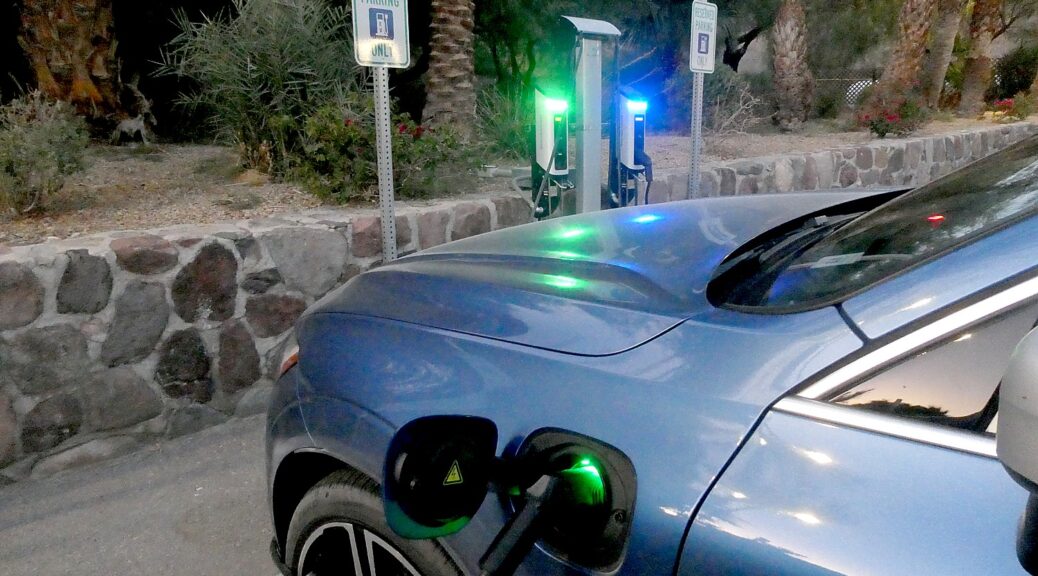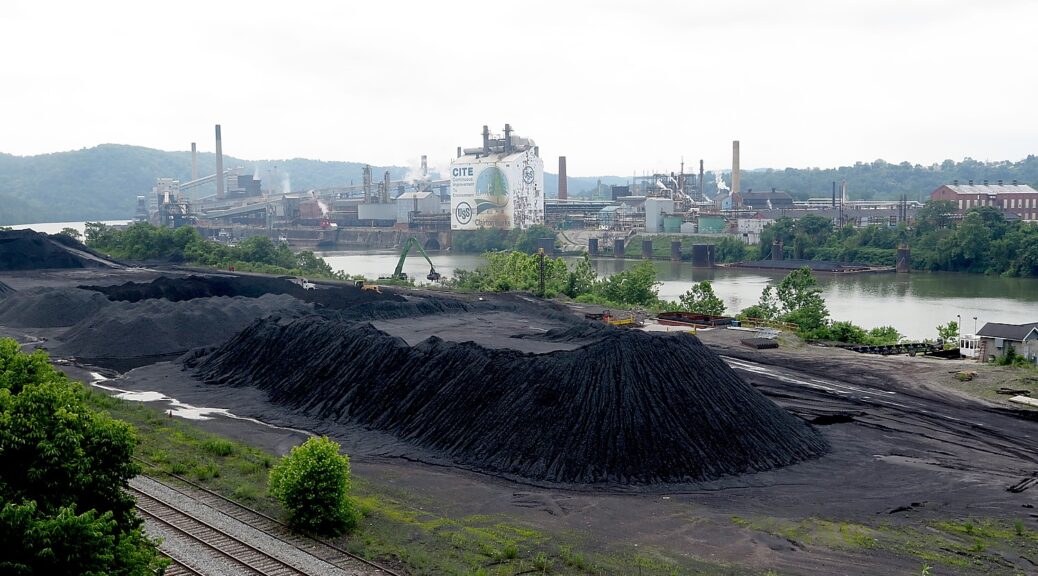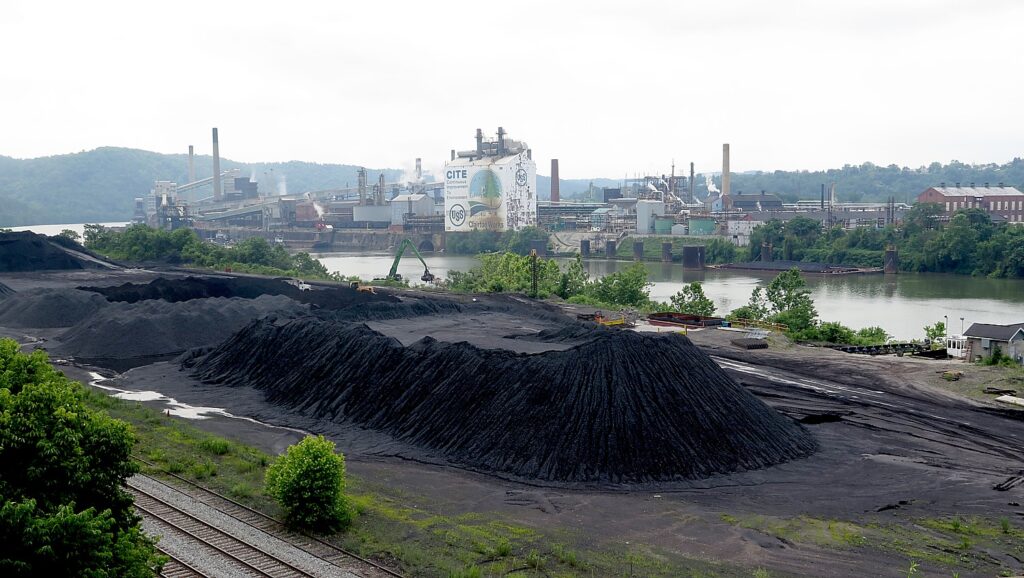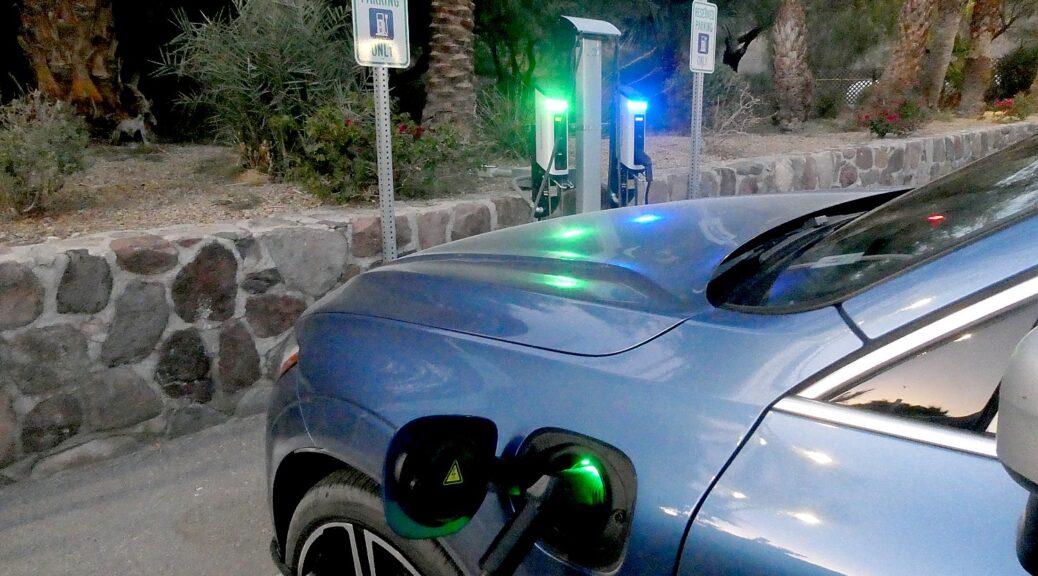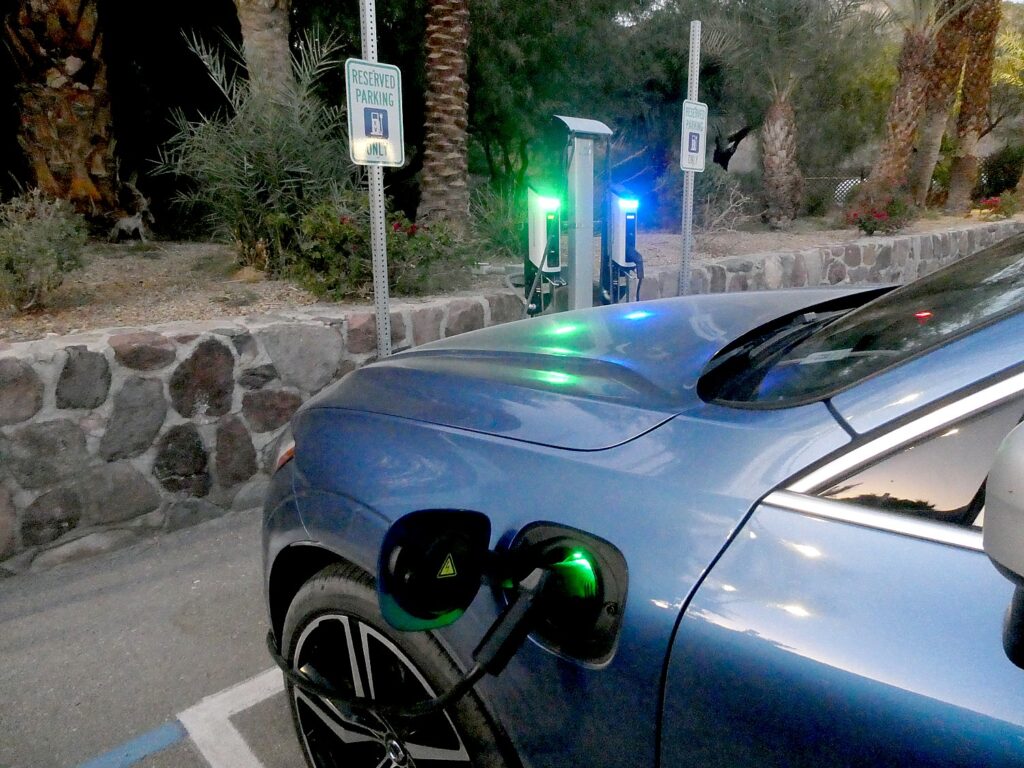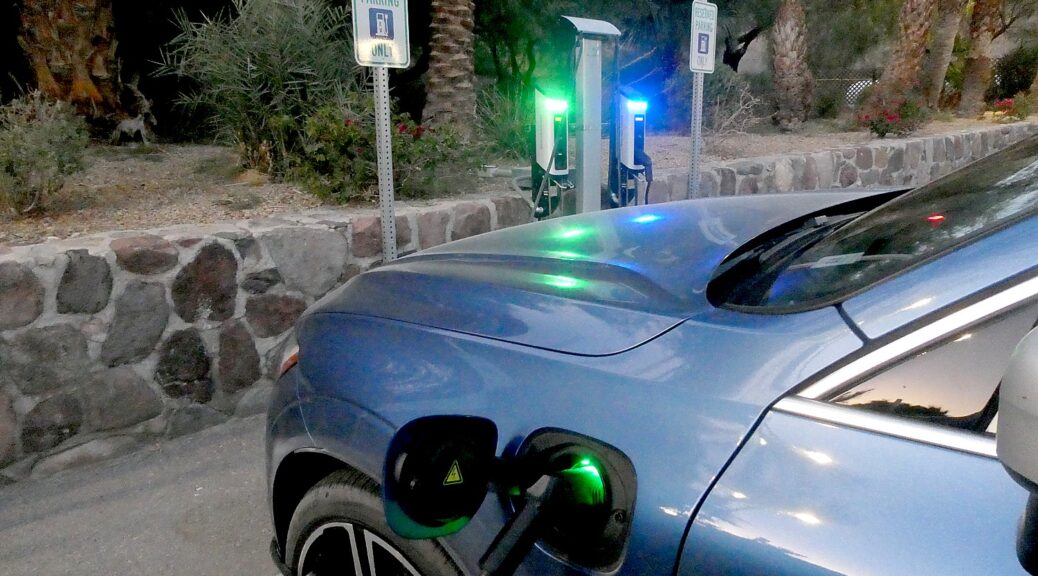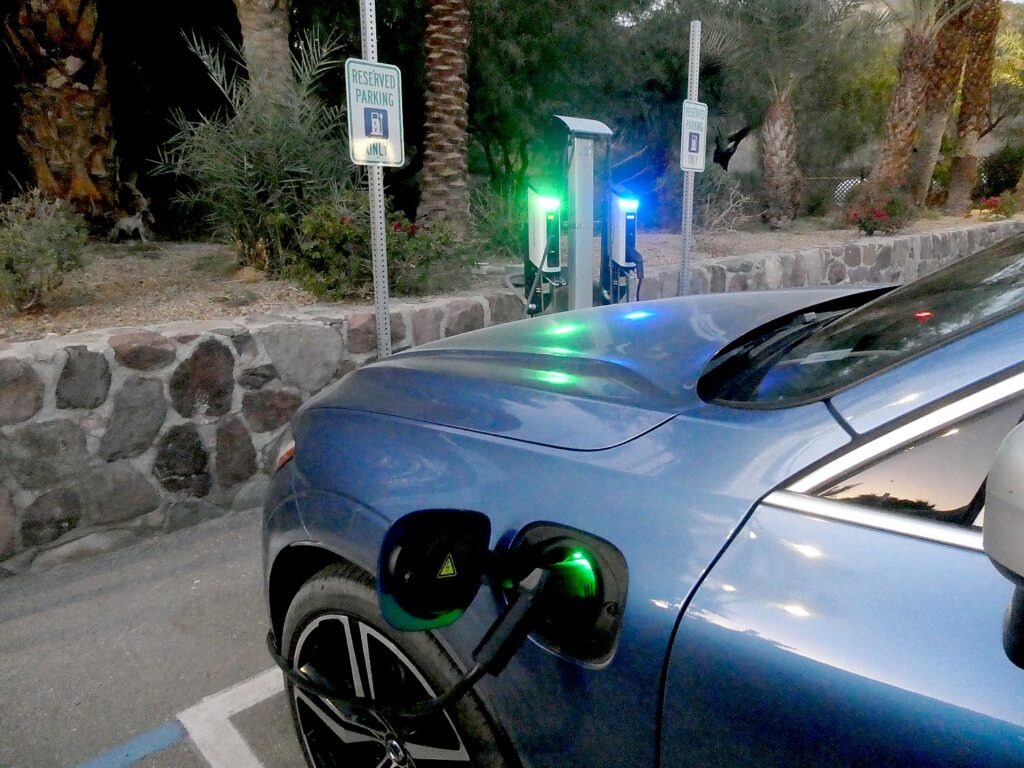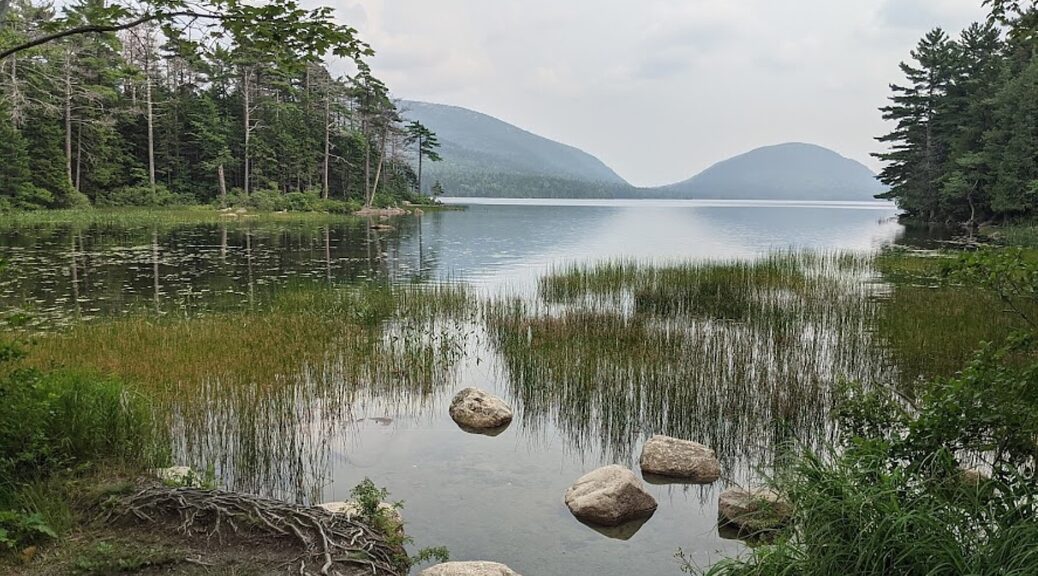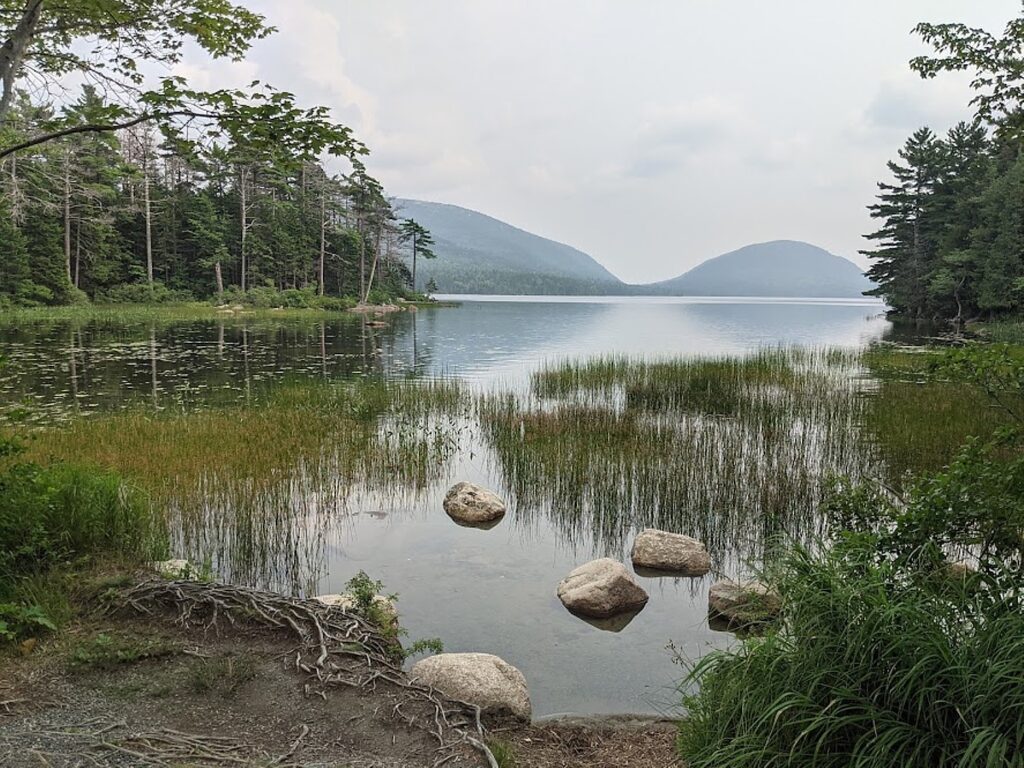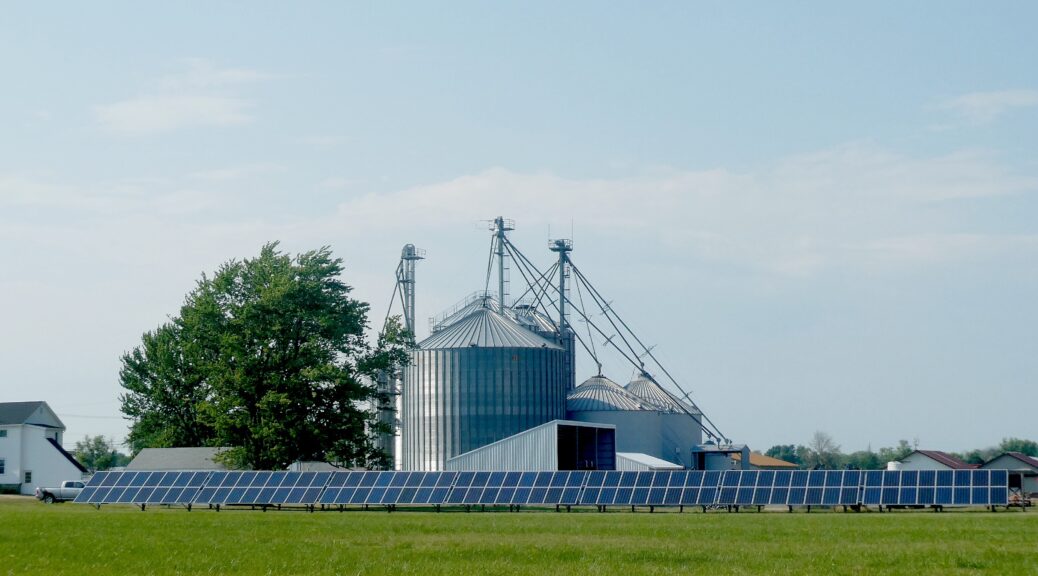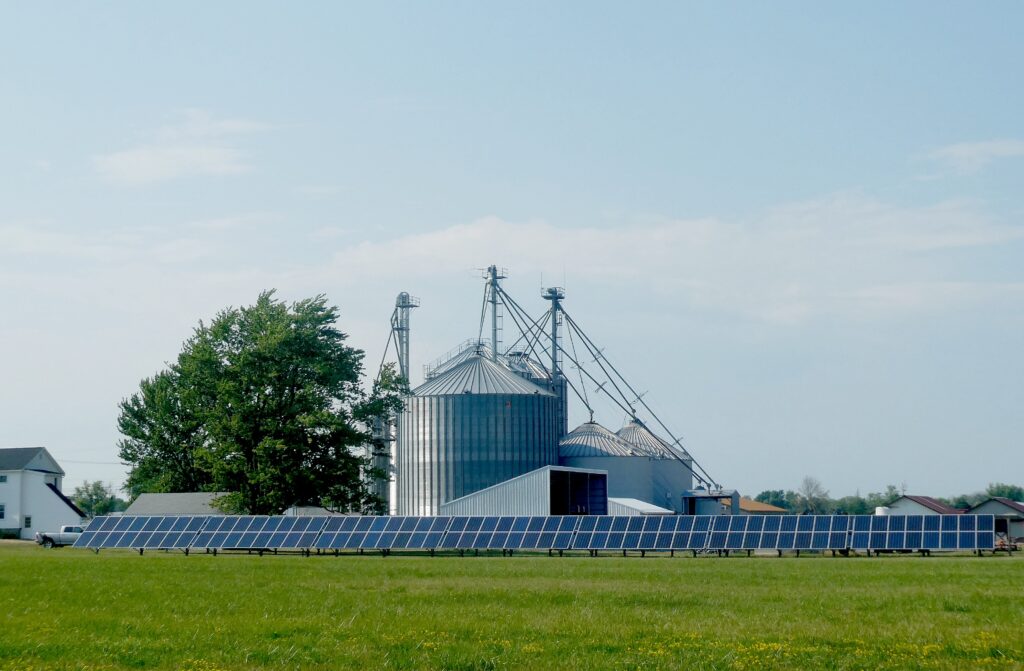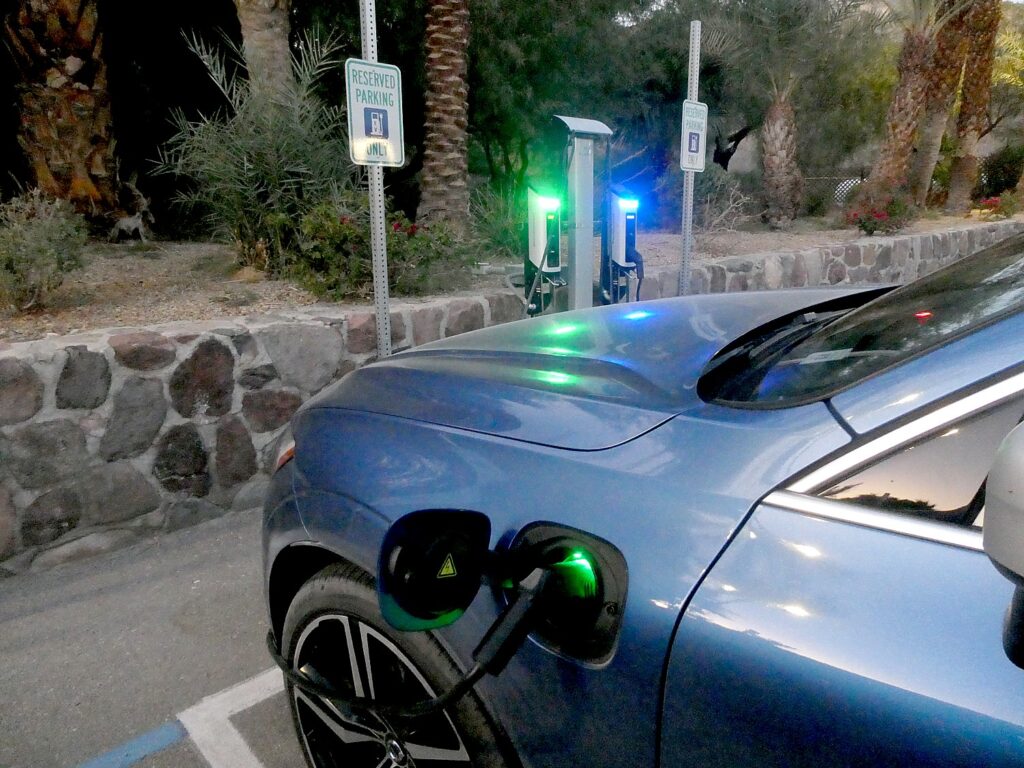
Ahead of Earth Day 2023, President Biden convened leaders of the Major Economies Forum on Energy and Climate (MEF) for the fourth time since taking office to galvanize efforts needed to tackle the climate crisis and keep a 1.5°C limit on warming within reach. The White House provided this fact sheet highlighting steps the United States is taking to meet its emissions goals and to support developing countries:
President Joe Biden highlighted new steps the United States is taking to meet its ambitious 1.5°C-aligned goal of reducing emissions 50-52 percent in 2030. The President also announced significant new steps the United States is taking to support developing countries in taking stronger climate action – including providing $1 billion to the Green Climate Fund and requesting $500 million for the Amazon Fund and related activities – and invite other countries to join the United States and others in fully leveraging the multilateral development banks to better address global challenges, like climate change.
The President was joined by other leaders in new efforts aimed at accelerating progress in four key areas necessary for keeping a 1.5°C limit on warming within reach, specifically:
- Decarbonizing energy: Announcing steps to drive down emissions in the power and transportation sectors, including scaling up of clean energy, setting ambitious 2030 zero-emission vehicle goals, and decarbonizing international shipping.
- Ending deforestation of the Amazon and other critical forests: Working through the Forest and Climate Leaders’ Partnership to mobilize public, private, and philanthropic support.
- Tackling potent, non-CO2 climate pollutants: Launching a Methane Finance Sprint to cut methane emissions and accelerating hydrofluorocarbon (HFC) phasedown under the Kigali Amendment.
- Advancing carbon management: Partnering with countries to accelerate carbon capture, removal, use, and storage technologies through a COP 28 Carbon Management Challenge to deal with emissions that can’t otherwise be avoided.
To help frame the MEF discussion, leaders were briefed by Dr. Fatih Birol, Executive Director of the International Energy Agency (IEA), on a new report to the MEF highlighting why action in these areas between now and 2030 is critical to preserve credible pathways to limit warming to 1.5 °C by 2100.
MEF economies account for roughly 80 percent of global GDP and global greenhouse gas (GHG) emissions. Since being reconvened by President Biden in April 2021, the MEF has helped galvanize the global climate response, contributing to the progress achieved at the United Nations Climate Conferences in Glasgow (COP 26) and Sharm El-Sheikh (COP 27).
However, the most recent findings of the Intergovernmental Panel on Climate Change underscore more urgently than ever that the window for decisive action to avert the gravest consequences of climate change is quickly narrowing.
The President highlighted how the United States is addressing these four priority areas at home through measures including the Inflation Reduction Act – the largest U.S. investment ever in reducing U.S. emissions, accelerating the clean energy economy, and protecting communities from climate impacts – and how these efforts are creating good-paying jobs and building a more secure and sustainable clean energy economy.
In addition to partnering on new joint efforts, leaders were expected to announce other new steps their countries are taking to fulfill their nationally determined contributions under the Paris Agreement. The President will encourage those countries whose 2030 Paris targets are not yet aligned with keeping 1.5 °C within reach to strengthen their targets by COP 28 this November in Dubai.
Strengthening Support for Climate Action in Developing Countries
Providing $1 Billion to the Green Climate Fund
In 2021, President Biden pledged to work with Congress to quadruple U.S. climate support for developing countries to more than $11 billion a year by 2024. As part of this broader effort, today, the President will announce that the United States is providing $1 billion to the Green Climate Fund (GCF), bringing total U.S. contributions to the GCF to $2 billion.
Since 2015, the GCF has approved over $12 billion for projects across more than 125 developing countries to accelerate clean energy transitions, build resilience in the most vulnerable countries, and catalyze private investment. These projects are expected to reduce 2.5 billion tons of emissions and increase the resilience of over 900 million people. The GCF has a specific mandate to support countries particularly vulnerable to the impacts of climate change, including least developed countries, small island developing states, and African nations.
Mobilizing the Multilateral Development Banks to Usher in a New Era of Clean Growth
Following important steps taken last week by the World Bank, President Biden will encourage leaders to support a strengthened effort this year to fully leverage the capacity of the multilateral development banks (MDBs) to address global challenges, including climate change, while accelerating progress on reducing poverty and achieving the Sustainable Development Goals. The United States is working with the MDBs to evolve their visions, incentive structures, operational approaches, and financial capacity to better meet pressing global challenges.
Decarbonizing Energy
Succeeding in keeping the 1.5 °C goal within reach will require accelerating progress in key energy-related sectors, such as electric power and transportation.
Putting the Power Sector on a Path to Net Zero Emissions
Limiting warming to 1.5°C will require steep and immediate reductions in energy sector CO2 emissions, including an accelerated scale up of clean energy technologies to achieve net zero emissions by mid-century.
President Biden has set an ambitious U.S. goal of achieving a carbon pollution-free power sector by 2035 and net zero emissions economy by no later than 2050. As a result of the historic investments in the Inflation Reduction Act and Bipartisan Infrastructure Law as well as other actions the Administration is taking, the United States is on a clear path to achieve this goal, while reducing costs for consumers, lowering harmful pollutants, mitigating climate change, and creating new economic opportunities. Today, the U.S. released a new National Innovation Pathway Report, highlighting the Biden-Harris Administration’s all-hands-on-deck strategy for accelerating key clean energy technology innovations. The Administration is advancing a three-pronged approach that prioritizes innovation, demonstration, and deployment to scale the technologies the United States needs to achieve its goals of a carbon pollution-free electricity sector by no later than 2035 and a net-zero emissions economy by no later than 2050.
To accelerate global progress, President Biden will invite leaders to announce steps they are taking to put their energy sectors on a path aligned with the 1.5 °C goal.
Reducing Emissions and Fossil Fuel Use by Accelerating Zero-Emission Vehicle Deployment
The transportation sector is a large and fast-growing source of greenhouse gases globally. Rapidly scaling up production and use of zero emission vehicles (ZEVs) will slash emissions, reduce oil dependence, strengthen energy security, protect economies from oil price volatility, and accelerate the phaseout of unabated fossil fuels. Faster ZEV deployment will also improve public health by reducing emissions of conventional pollutants. Thanks to technology innovations, the historic investments in the Inflation Reduction Act, and additional investments made by automakers and throughout the battery supply chain, the U.S. transportation sector is rapidly shifting towards zero emission vehicles.
The Inflation Reduction Act contains new and expanded tax credits for drivers to purchase new clean vehicles, as well as the first-ever tax credits for purchasing used clean vehicles. These tax provisions will help make clean vehicles more accessible and affordable for American families while incentivizing automakers to build secure, reliable, trusted supply chains for the critical minerals and batteries contained in those vehicles.
Last week, the U.S. Environmental Protection Agency proposed new vehicle emissions standards that would build on this progress and accelerate the ongoing transition to a clean vehicle future. The EPA projects that, under the proposed standards, electric vehicles could account for 67% of new light-duty vehicle (LDV) sales and 46% of new medium-duty vehicle sales in model year 2032. This would avoid nearly 10 billion tons of CO2 emissions through 2055 (equivalent to nearly twice the total U.S. CO2 emissions in 2022), save the average consumer $12,000 over the lifetime of a light-duty vehicle, reduce oil imports by approximately 20 billion barrels, and improve air quality, especially in communities that have borne the burden of polluted air.
To accelerate this transition globally, President Biden will invite leaders to join the United States in a collective goal aiming to ensure that by 2030 over 50 percent of LDVs and at least 30 percent of medium- and heavy-duty vehicles (MHDVs) sold globally will be zero-emissions vehicles (e.g., battery electric, fuel cell electric, and plug-in hybrid vehicles). Countries joining in the collective goal will set their own national 2030 LDV and MHDV market share goals by COP 28.
Decarbonizing International Shipping
Greenhouse gas emissions from the shipping sector are significant, increasing, and incompatible with limiting global temperature rise to 1.5 °C. If shipping were a “country,” it would be among the top ten largest emitters. As part of the Green Shipping Challenge highlighted at last year’s MEF leaders meeting, countries, ports, and companies offered more than 40 concrete announcements at COP 27 on the steps they are taking this decade to help put the shipping sector on a path to align with the 1.5 °C goal.
In July, the International Maritime Organization (IMO) will adopt a Revised IMO Greenhouse Gas Strategy to accelerate efforts to decarbonize shipping. Today, President Biden will ask leaders to join the United States in supporting the IMO’s adoption of 1.5 °C-aligned goals for the sector, including a goal of zero emissions from international shipping no later than 2050.
Ending Deforestation of the Amazon and Other Critical Forests
Ending forest loss, particularly in the tropics, is vital for limiting warming to 1.5 °C. The Glasgow Leaders Declaration on Forests and Land Use calls for halting and reversing forest loss and land degradation by 2030. The United States is taking decisive action to prevent deforestation at home and abroad, as called for in the President’s Executive Order on “Strengthening the Nation’s Forests, Communities, and Local Economies.”
Contributing to Brazil’s Amazon Fund
The President announced he was requesting $500 million over five years for the Amazon Fund and related activities in the context of Brazil’s renewed commitment to end deforestation by 2030. The President also will call on other leaders to pledge support to the Amazon Fund.
The U.S. Development Finance Corporation also announced that it is working on a $50 million debt investment in BTG Pactual’s Restoration Strategy, which would help mobilize $1 billion to support the restoration of nearly 300,000 hectares of degraded lands in Brazil, Uruguay, and Chile. Conservation International will serve as the impact advisor on the pathbreaking project, which will set aside half the restored lands for permanent protection, with the other half to be managed for sustainable forestry, generating an estimated 35 million tonnes of carbon sequestration over 15 years.
Marshalling Global Action to Stop Deforestation
The Forest and Climate Leaders’ Partnership (FCLP), which was launched at COP 27 and is co-led by the United States, aims to mobilize stronger action to end deforestation and to strengthen support from donor governments, philanthropy, the private sector, and multilateral finance institutions. To help protect other critical forest basins around the globe, President Biden will call on other leaders to join the United States in committing to work through the FCLP this year to coordinate and catalyze investment and support by COP 28 to advance implementation of ambitious forest, climate, and nature actions in forest countries.
To further advance the President’s commitments on combatting international deforestation associated with agriculture commodity production and the reduction of global deforestation, the U.S. government is working to identify potential approaches to address globally traded commodities associated with international deforestation as well as identify potential action to reduce global deforestation, as called for in the President’s Executive Order.
Leading at Home by Strengthening America’s Forests
America’s forests play a key role in achieving our domestic climate goals, absorbing carbon dioxide equivalent to more than 10% of U.S. annual greenhouse gas emissions. To advance the President’s commitment to strengthening America’s forests, today the U.S. is announcing critical new steps to better manage our domestic forests for climate resilience, following the completion of a first-ever nationwide inventory of old and mature forests.
Tackling Potent Non-CO2 Climate Pollutants
In addition to cutting CO2, rapid reductions of other GHG emissions are essential to keep 1.5 °C within reach. Methane and other non-CO2 GHGs are potent climate pollutants with short atmospheric lifetimes. Rapidly reducing them would have an outsized impact on near-term warming.
Accelerating Methane Action to Reduce Global Warming by at least 0.2 degrees Celsius by 2050
Since being introduced by the United States and the European Union at the MEF leaders meeting in September 2021, 150 countries have now joined the Global Methane Pledge, with the goal of cutting anthropogenic methane emissions at least 30 percent by 2030. More than 50 countries have developed, or are developing, national methane action plans, and many new projects are underway to drive methane reductions in the key sectors of fossil energy, waste, and agriculture and food.
To support and accelerate these efforts, President Biden will invite other countries to join the United States in a new Methane Finance Sprint with the aim of scaling up methane finance, including by raising at least $200 million in new public and philanthropic donor support for developing countries by COP 28. Philanthropies have committed to dedicate $100 million in new funding through the Global Methane Hub towards the $200 million goal. To complement these efforts, the private sector and other financial institutions will also be invited to join this effort. The President also will invite leaders to report on steps their countries are taking to strengthen their national methane reduction efforts.
Expediting the Phasedown of Super-Polluting HFCs to Avoid up to Half a degree Celsius of Warming by 2100
Hydrofluorocarbons (HFCs), widely used in refrigeration and air-conditioning, are thousands of times more powerful as greenhouse gases than CO2. In October, with bipartisan Senate support, the United States ratified the Kigali Amendment to the Montreal Protocol, which aims to phase down global production and consumption of HFCs. Other countries participating in today’s MEF meeting that have ratified Kigali over the past year include Brazil, Egypt, Indonesia, Italy, and the Republic of Korea.
Full implementation of the Kigali Amendment could avoid up to half a degree of warming by 2100. According to the U.N. Environment Programme, fully seizing opportunities to improve the energy efficiency of cooling appliances alongside HFC phasedown could as much as double the Kigali Amendment’s climate benefits.
To promote rapid implementation of the Kigali Amendment, President Biden will call on other countries to ratify the amendment as soon as possible, consider expedited timelines for their phasedown of HFCs, and pledge support to use the Montreal Protocol Multilateral Fund to incentivize early action on HFCs and maximize parallel cooling efficiency improvements.
Accelerating Carbon Capture and Removal Technologies
In addition to full-scale mitigation efforts – including accelerated deployment of clean energy, ending deforestation, and cutting non-CO2 emissions – keeping a 1.5 °C warming limit within reach will require responsible deployment of carbon capture, utilization, and storage (CCUS) and carbon dioxide removal (CDR) technologies. CCUS has a critical role to play in decarbonizing the global economy, particularly the industrial sector, where process emissions are more difficult to address. Combating climate change will also require addressing legacy emissions and removing CO2 from the ambient air, through CDR. The IEA estimates that roughly 1.2 Gt of CCUS and CDR will be needed by 2030 to limit warming to 1.5°C. If global temperature rise exceeds 1.5°C, the use of CDR to remove CO2 from the atmosphere will be necessary to return global temperatures to 1.5 °C by the end of the century.
Dealing with Emissions that Can’t Otherwise be Avoided
To accelerate these critical technologies, the Inflation Reduction Act provides tax credits of $85 per tonne of CO2 captured and stored and $180 for every tonne of CO2 removed through direct air capture and permanently stored. In addition, President Biden’s Bipartisan Infrastructure Law included over $12 billion in investments in next-generation carbon capture, direct air capture, integrated CCUS demonstrations, and industrial emissions reduction demonstration projects, as well as CO2 transport and storage infrastructure.
To build on these efforts, the President will invite other countries to join the Carbon Management Challenge, with the aim of unveiling at COP 28 a suite of concrete announcements and goals that will accelerate CCUS and CDR internationally.
Throughout Earth Week, President Biden, Vice President Harris and other Cabinet-level officials held events and announcing commitments focused on how the President’s Investing in America agenda is powering an American manufacturing and clean energy boom, lowering prices, creating good-paying jobs in clean energy industries, meeting our climate goals, and advancing environmental justice and conservation.

